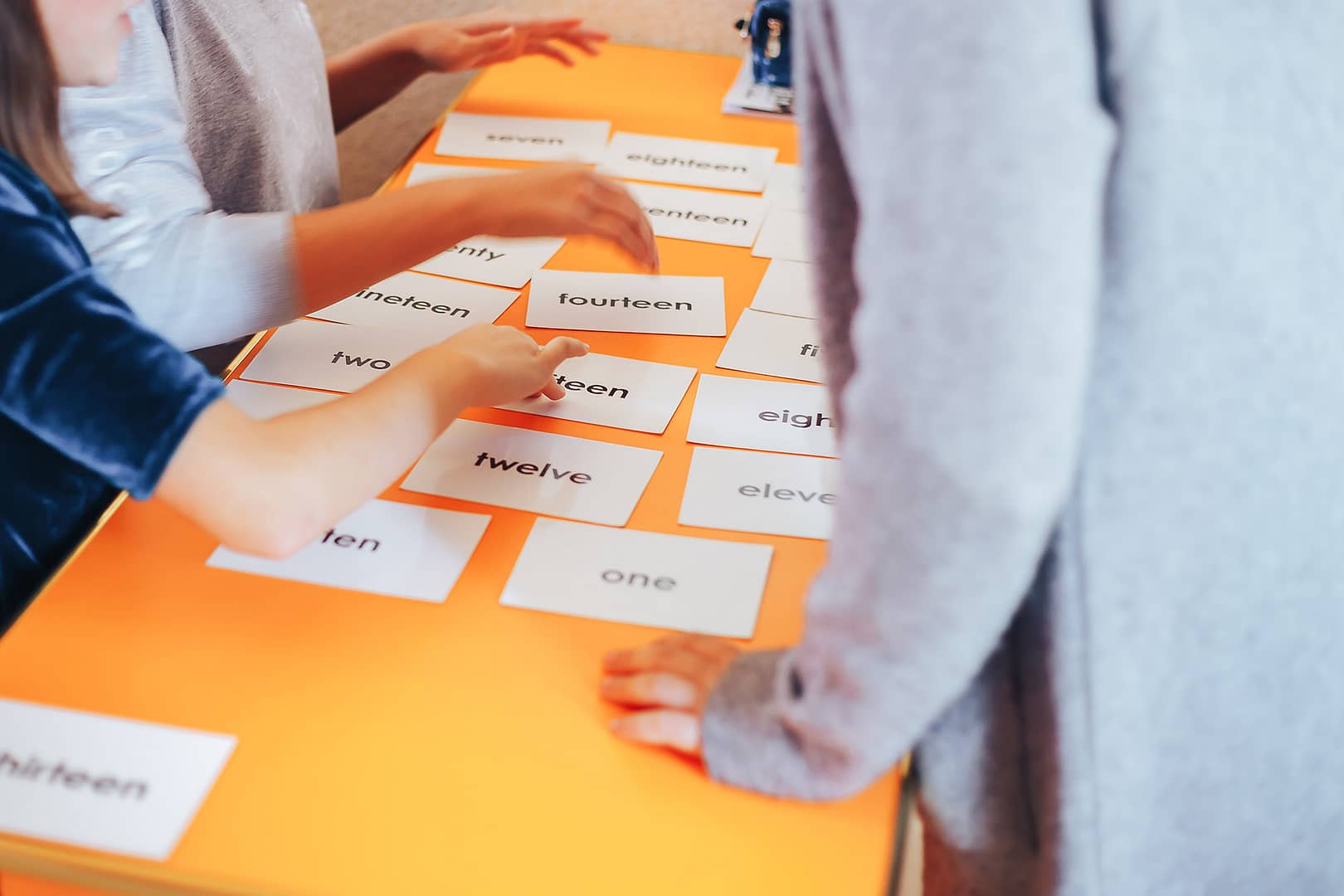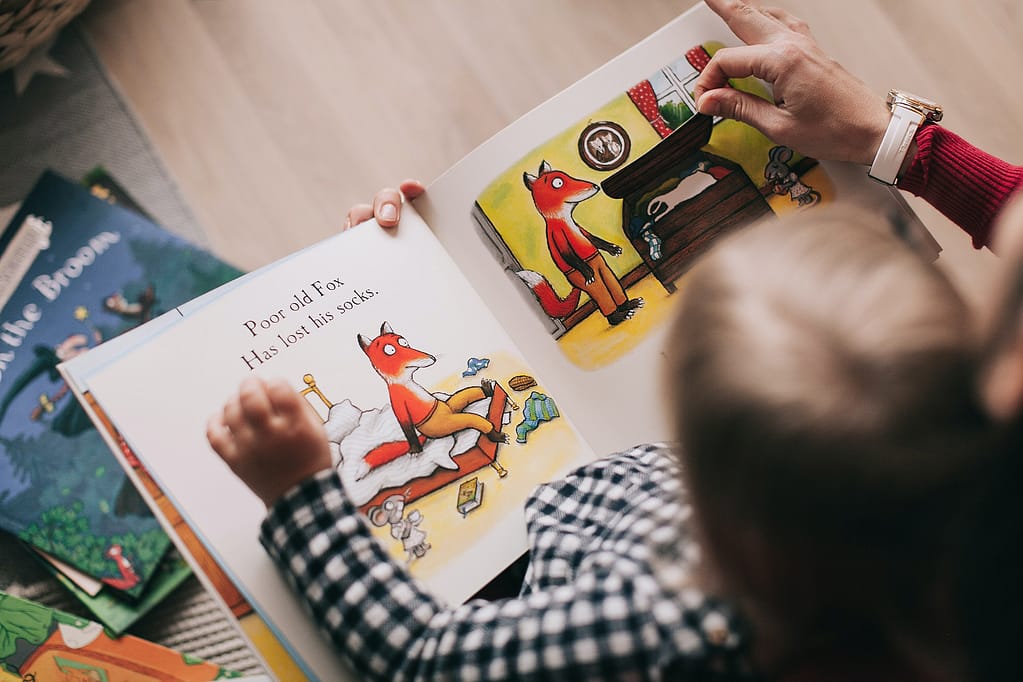New Dolch List: paving the way for young learners of English

Guest Contributor Dr. Charles Browne
What’s the New Dolch List?
The New Dolch List (NDL) is probably the most important new vocabulary word list for young second language learners of English published in the past few decades and is part of a much larger project, known as the New General Service List project .
In 2013, we published the New General Service List, or NGSL (Browne, 2013), a corpus-derived word list of the most important words for adult second language learners of English. With over 600,000 words in the English language and most adult native speakers of English knowing at least 30,000 words, the 2800 words of the NGSL offers a surprisingly high 92% coverage for most general English books, newspapers and magazines, and even higher coverage for most TV shows and movies.
In subsequent years we published additional corpus-based lists for Business English, Academic English, TOEIC, Fitness English and Spoken English. Each list gives the highest percentage coverage of any list in that domain (between 92 and 99%) and, like all our wordlists, is made available to you for free download from our website under the least restrictive Creative Commons license. Basically, this means you are free to use or modify the list in any way you see fit as long as you give proper citation to the authors of the list.
We have also put out a large and growing number of free online resources and apps to help learners, teachers, researchers and materials developers to be able to utilize our lists. These too, can all be accessed from the main website mentioned above.
Why is the NDL important for young learners?
Though the NGSL is an extremely useful first step for adult learners of English, the type of English that young learners of English are exposed to is significantly different than that of adults, so in the summer of 2020 we published the New Dolch List, or NDL , which was developed with the goal of creating a reliable and valid corpus-based list of high frequency English words important for young second language learners to be able to successfully interact with EFL learning materials, other EFL learners, as well as popular children’s TV shows and children’s picture books.

The NDL can help young learners successfully interact with various EFL materials.
The NDL is a significant update of the original Dolch list, which was published back in 1936 by Edward William Dolch. That list contained 220’sight words’, words which need to be quickly and easily recognized to achieve reading fluency in English as well as An additional list of 95 important nouns. It has been argued that up to 70% of all words used in schoolbooks, library books, newspapers, and magazines are a part of the Dolch basic sight word vocabulary.
Though quite dated, the Dolch lists are still widely assigned for memorization in American elementary schools and used in ESL and EFL settings and materials around the world.
That said, a wordlist is only as good as the corpus it is based on.
Like West’s 1953 General Service List (GSL), which was replaced by the New General Service List (Browne, 2013), the Dolch 1936 list has often been criticized for being based on outdated resources. The English language changes and evolves over time and an update to the 90-year-old Dolch list was long over due.
What does the New Dolch List cover?
The original Dolch list was based on a corpus and word lists designed only for native speakers of English attending primary school in English speaking countries.
English is now taught and studied as a second language in countries around the globe and the original Dolch list was not designed with these needs in mind.
EFL learners do not get as much input in English as those living in English speaking countries and the sources of input are more limited. EFL textbooks, children’s songs, children’s textbooks and children’s TV shows are usually the primary sources of input for most EFL learners and we have created a corpus of such materials to generate a list of the most important words for EFL learners in the hopes that this would be a valuable asset to EFL teachers, students, textbook authors and educational software developers around the world.
The NDL is based on a carefully selected 2.5-million-word corpus of children’s reading and listening materials as follows:
The 315 words of the original Dolch word list (220’sight words’ plus 95 nouns) were said to offer up to 70% coverage (though there don’t seem to be any empirical papers to verify this claim). If we look at the NDL, we can see that at 315 words , coverage has already surpassed this, giving 78% coverage :
Unfortunately, SLA research shows that 78% is not nearly enough.
Teachers often tell their students that when they come across an unknown word in a text that they should not stop and look it up in a dictionary but rather guess the meaning from context. Research on vocabulary thresholds show that for this to be achieved, learners need to know a minimum of 90% of the words on the page, but preferably 95% to 98% (Laufer, 1992).
Therefore, in order to help students, schools and teachers get closer to the coverage levels needed to read and guess unknown words from context more easily, the NDL list was extended to 875 words , which offers 90% coverage for most EFL materials for young learners ..
The NDL wordlist can be downloaded here in a variety of formats including with just headwords, lemmatized for teaching purposes, and lemmatized for research purposes. We also have provided definitions in simple English for all words. In the near future we will also be adding the NDL wordlist to free flashcard sites like Quizlet.com , Memrise.com , Word-Learner (our own flashcard app) and our free Online Graded Text Editing Tool (OGTE) which can be found here .
References
Browne, C. (July, 2013), “The New General Service List: Celebrating 60 years of vocabulary learning”, The Language Teacher, 37: 4, 13-15.
Dolch, EW “A Basic Sight Vocabulary.” The Elementary School Journal, vol. 36, no. 6, 1936, pp.456-460.
Laufer, B. (1992). How much lexis is necessary for reading comprehension? In H. Béjoint & P. Arnaud (Eds.) , Vocabulary and Applied Linguistics (126-132). London: Macmillan.
West, M. 1953. A General Service List of English Words. London: Longman, Green and Co.




